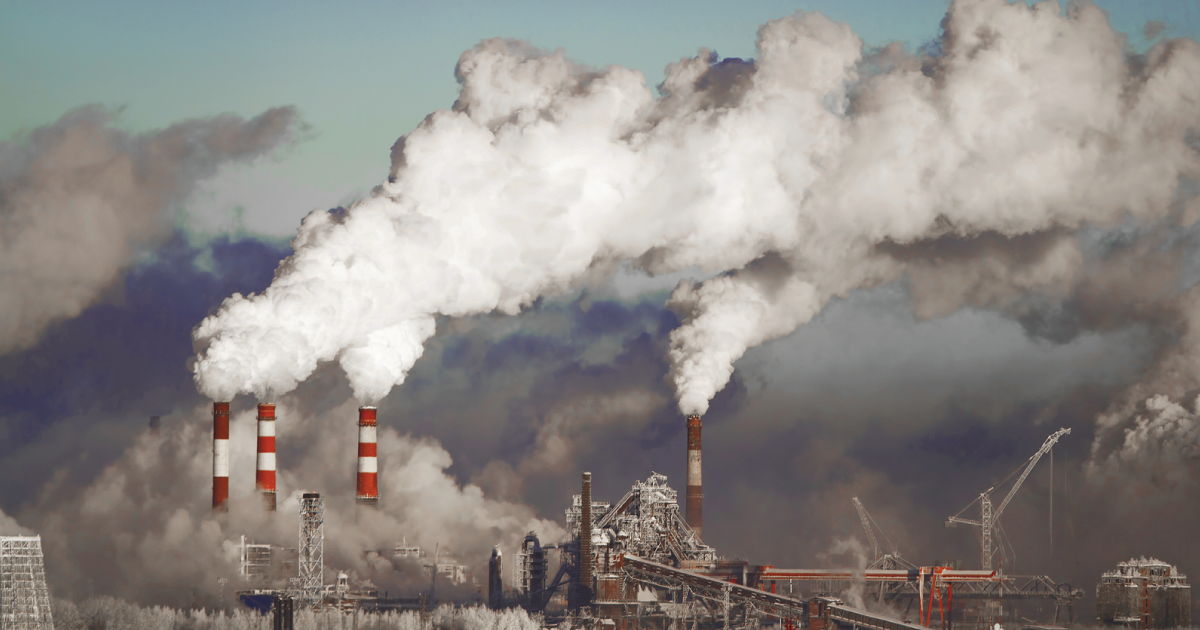
Destruction of Stratospheric Ozone: Role of Aerosolized Coal Fly Ash Iron
Ozone is destroyed by adsorption onto iron-containing particles and by photochemical reactions with other constituents of coal fly ash. The inability of the scientific community to break out of the CFC paradigm and address the true cause of stratospheric ozone depletion is a potentially fatal mistake.
April 1, 2023 | Source: Research Gate | by J. Marvin Herndon & Mark Whiteside
We have previously provided compelling evidence that aerosolized coal fly ash particles, not chlorofluorocarbons (CFC’s), are the primary cause of stratospheric ozone depletion [European Journal of Applied Sciences, 2022, 10(3), 586-603]. Here we turn our attention to iron, one of the most reactive elements among the others in coal fly ash that destroy ozone. Iron in primary and secondary aerosols plays a crucial role in the formation of ice crystals in cirrus clouds and in the polar stratospheric clouds that are involved in ozone hole formation. Iron is associated with reactive oxygen species, like the hydroxyl radical (OH) that destroys ozone in the stratosphere. Iron is known to activate halogens including chlorine, bromine, and iodine. Ozone is destroyed by adsorption onto iron-containing particles and by photochemical reactions with other constituents of coal fly ash. The inability of the scientific community to break out of the CFC paradigm and address the true cause of stratospheric ozone depletion is a potentially fatal mistake.
